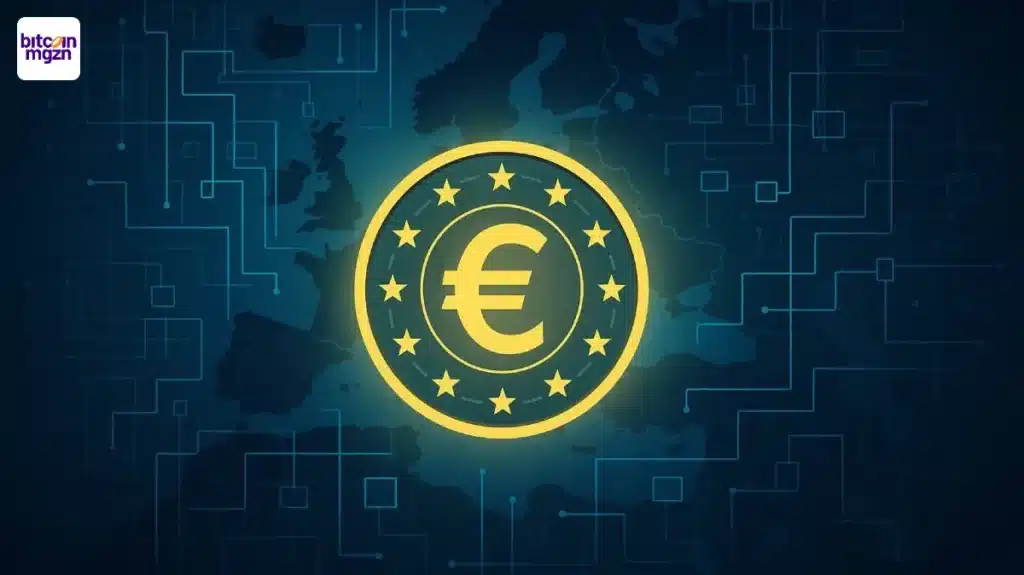Uncovering potential tokens: How to use AI models to build a price-to-earnings ratio monitoring system?
Author: Hoeem
Compiled by: Tim, PANews
What is the most overlooked indicator in the crypto space? Price-to-earnings ratio (P/E). It can help you quickly determine whether a currency is overvalued or undervalued, whether it is about to soar or is fraught with risks, whether it is a speculative stock or a bubble, and it can help you see through market sentiment.
This article will teach you how to analyze the P/E ratio, but first you need to understand the concept like a pro.
Understanding the P/E Ratio
1. Quickly identify overvalued and undervalued assets
Price-to-earnings ratio = share price ÷ earnings per share
- This indicates the price investors are willing to pay for each dollar of earnings.
- High P/E = Market expects growth (but may be overvalued)
- Low P/E = Could be a value investment opportunity or a warning sign
2. Comparison of similar protocol solutions
Ranking similar companies or cryptocurrencies by profitability
- Project A has a P/E ratio of 10 and Project B has a P/E ratio of 30
- Same industry sector, same fundamentals? Then company A's valuation may be low
3. Use the P/E ratio to understand market sentiment
The P/E ratio is not just a numerical calculation, it also reflects market sentiment.
- High P/E ratio = market optimism, hype and growth expectations
- Low P/E = Fear, Doubt, or Market Mispricing
4. Conduct scenario analysis on income
Raw profit ≠ the truth
- The P/E ratio helps put earnings into the context of the industry.
- This indicates how much the market values each dollar of net profit.
5. Look for potential stocks or high-growth targets
- Value investors favor low P/E stocks with strong fundamentals.
- Growth investors chase high P/E ratios and accelerated upside.
- The key is to understand why the market is priced the way it is
Additional Tips
The P/E ratio is like a speedometer, which tells you how fast the market digests expectations. But just like speed needs to be interpreted in context, valuation also needs to be interpreted in context to be more comprehensive.
How to quickly calculate the P/E ratio of cryptocurrencies
1. Visit DeFiLlama

Ok, I’m on DeFiLlama, now what?
2. Then go to the "Income" and "Expenses" pages

OK, I found the place, what next?
3. Select the filter category you want to compare

Got it, I can compare them all too, that's fairer.
4. Click "30-day income"

Yes, found it.
5. Take a screenshot of the data page

This is so simple
6. Access a large language model website that can be connected to the Internet

7. Enter this prompt + screenshot (copy and paste below)
Prompt word
You are a professional cryptocurrency fundamental analyst.
Data Collection Process
- Revenue – Extracts the protocol’s 30-day revenue (in USD) from the provided DeFiLlama screenshot. Uses OCR technology; ignores any entries with empty revenue or revenue ≤ 0.
- Market Cap and Fully Diluted Valuation — Get real-time data from Coingecko or CoinMarketCap (try to use intraday data). Match by token symbol, skip if protocol lacks either data.
- Category focus - only consider user-specified DeFiLlama categories (e.g., decentralized exchanges DEX, lending protocols Lending, liquidity staking tokens LST, perpetual contracts Perps, etc.).
- Filtering and screening
- When screening options, P/E ratios < 0 or > 1000 will not be used
- Calculate the P/E ratio = Market capitalization ÷ (30-day revenue × 12).
- Returns the 20 projects with the lowest P/E ratios (i.e. the most "undervalued").
- For each project, also calculate the “Revenue to Fully Diluted Valuation Ratio” = (30-Day Revenue ÷ FDV) × 100%.
- Output: Generates a neat Markdown table sorted by P/E ratio in ascending order, with an additional top row showing the average P/E ratio and average revenue to fully diluted valuation ratio of the final list.
- Abbreviate numbers to K/M/B format to improve readability.
Column Settings:
1. Protocol name
2. Token Symbol
3. P/E
4.30-day income (USD)
5. Market value (USD)
6. Fully diluted market capitalization (USD)
7. Belonging chain
8. Brief Introduction
9. Revenue to fully diluted valuation ratio (%)
Quality checks to ensure:
1. Revenue and fully diluted valuation are presented simultaneously.
2. The classification labels are correct according to DeFiLlama.
3. The current data is the latest (the scraped data from Coingecko or CoinMarketCap is updated less than 48 hours ago).
4. The table is easy to browse and has no missing values.
Objective: To help cryptocurrency investors quickly identify tokens with potential price deviations in selected sectors through core indicators (P/E ratio and revenue/fully diluted valuation ratio).
example:

It is also important to compare the circulating market capitalization to the fully diluted valuation, and to pay attention to whether there are any token unlocks in the near future.
So, okay, now you understand how to use the P/E ratio and you know how to find the P/E ratio.
You May Also Like
Are Paid Trading Courses Worth It? I Bought 3 to Find Out

Paxos launches new startup to help institutions offer DeFi products

